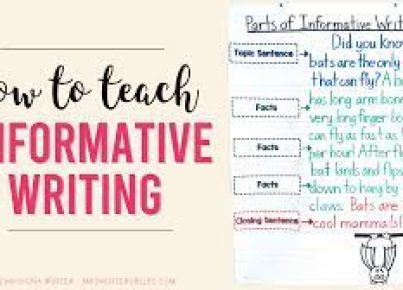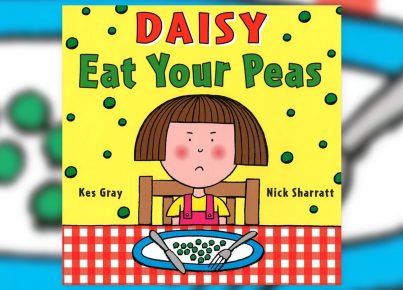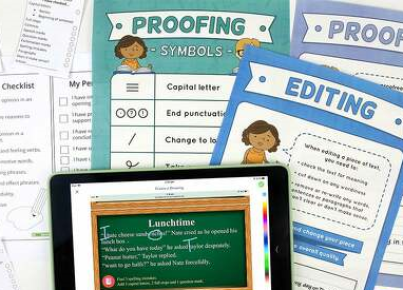Narrative writing is a cornerstone of literacy that enables students to express their thoughts, creativity, and experiences through a structured form of storytelling. Teaching narrative writing to students can be enhanced by incorporating various resources that guide and inspire both students and educators. This article will highlight some of the essential teaching resources for narrative writing.
Books on Story Elements: Books like “Story Grammar for Elementary School: A Sentence-Composing Approach” by Donald Killgallon provide frameworks for understanding the components of stories including characters, settings, plots, and themes. Teachers can use these texts to help students deconstruct and analyze narrative structures.
Writing Prompts: To spark creativity, teachers may use writing prompts from resources such as “The Amazing Story Generator” by Jay Sacher, which provides a multitude of starting points for narrative pieces.
Story Starters: Resources such as Scholastic’s Story Starters offer interactive tools for generating story ideas. These websites allow students to select their genre and enter various nouns and adjectives to begin their stories.
Graphic Organizers: Graphic organizers are vital in planning narratives. For example, “Story Map” organizers help students map out key story elements before writing. Online resources offer printable versions or digital platforms like ReadWriteThink provide interactive versions.
Online Writing Platforms: Websites like Storybird allow students to create their own narratives using an array of artistic illustrations. This provides an engaging way for students to learn about the importance of imagery in storytelling.
Picture Books: Reading aloud from picture books that exemplify strong narrative structure is an excellent way to model good storytelling. Teachers can discuss how authors develop characters, settings, and plot to engage readers.
Creative Writing Workshops: Hosting workshops led by authors or educators with a background in creative writing can give students exposure to different writing styles and techniques.
Peer Review Tools: Resources such as Google Docs where students can share work and provide feedback to each other foster a collaborative learning environment. Incorporating structured peer-review templates can guide constructive criticism and positive reinforcement.
Teachers’ Guides: Publishers often provide teachers’ guides with their books that include discussion questions, activities, and tips for teaching particular texts or concepts in narrative writing.
Writing Software: Programs such as Final Draft or Scrivener offer tools used by professional writers which can also be utilized in the classroom setting. They offer features like storyboarding and outlining functionalities that enhance the organization of narratives.
These resources collectively offer a wealth of support in teaching narrative writing. Engaging with these materials can improve both the teaching experience and students’ understanding of crafting compelling narratives.reply





